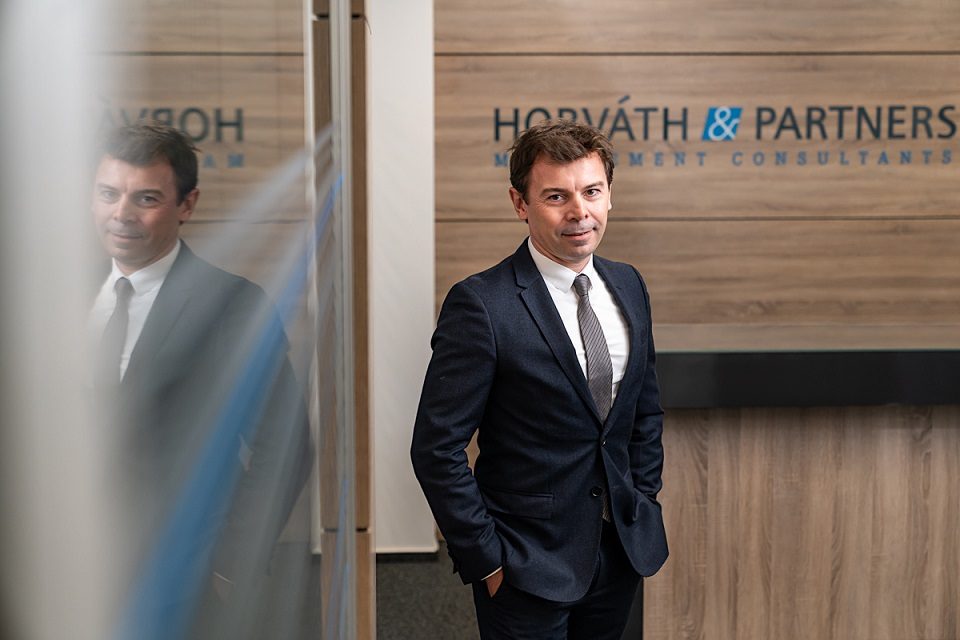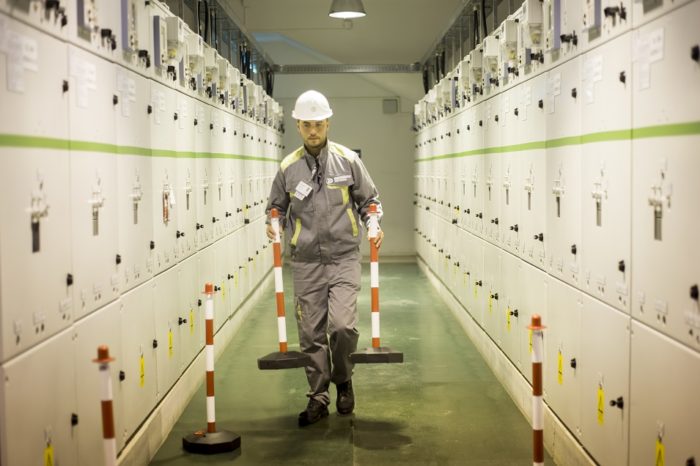Horváth Study: Packaging industry to grow by 30 percent to 1 trillion USD in 2025

The global packaging industry is booming and will grow by about 30 percent by 2025, from 770 billion USD to 1 trillion USD, after expanding by an annual average of 5.6 percent in last 5 years, shows a recent study by the international consulting company Horváth.
Despite efforts to protect the climate and reduce waste of materials, the demand for packaging will continue to grow, especially with the expansion of online commerce. On the other hand, the demand for improved and sustainable packaging materials with a lower impact on the environment will also increase, according to the study “The European packaging industry in 2025 – trends, prospects and success factors in a competitive market environment” .
Among the factors generating the sustained growth of this market, Horváth identified: (1) the aging of the population – which prolongs the period of consumption and the need for packaged products (from food to medicine); (2) households with fewer members – consuming increasing volumes of products; (3) urbanization and growth of online commerce; (4) increased demand for sustainable packaging – which will allow companies to optimize their products and identify new ways to diversify revenue and differentiate the market.
A detailed analysis based on the market reports in the study reveals other interesting findings regarding the type, use and distribution of the amount of packaging needed worldwide. Industry and transport appear to be significantly more “sustainable” than household consumption (59 percent of packaging). Industrial processes require primarily recyclable materials such as paper and cardboard and account for about 41 percent of total packaging. In contrast, consumption accounts for 59 percent of the world packaging market, mainly using larger quantities of plastics (composites).
Three-quarters of the world’s packaging sales market is dominated by paper and cardboard, as well as plastic packaging, with the rest being made of metal, glass and other materials. 70 percent of all consumer packaging is produced for food (51 percent) and beverages (19 percent), 8 percent for medical products, 4 percent for cosmetics and only 18 percent for other consumer goods.
Top Trends: Consumer Empowerment and Smart Packaging
In recent years, the development directions of the packaging industry have been decisively marked by increased public awareness of the need for environmental protection, along with stricter rules to prevent resource wastage and waste production – although much remains to be done. to reduce waste.
Although the challenges of reducing the impact of packaging on the environment remain significant and the results in reducing waste are unequal, from one country to another, Europe is able to recycle packaging in the proportion of: (1) 90 percent – for metal packaging; (2) 87 percent – paper and cardboard; (3) 84 percent – glass; (4) 47 percent – plastic; and (5) 25 percent – wood. The percentages could increase in the future, with more than 70 percent of Europeans declaring a preference for “environmentally friendly” packaging, which means that they can be reused, biodegradable and increasingly composed of paper, to the detriment of paper. plastics.
Another trend identified by the Horváth study is the development of “Smart Packaging” solutions, which are becoming a powerful differentiator for industry players. In the long run, the success of the packaging market will be on the side of those who know how to combine “smart” packaging properties, such as traceability, specific interaction with the packaged product or requirements related to sensor technology, which will make the product and packaging they want to “grow together” as a whole.
“The packaging market is growing worldwide, but the quality and sustainability of the products are changing as consumers become more aware of the environmental impact of this industry. Companies that will be able to offer both smart packaging, with more functions than product protection, and environmentally friendly, will benefit from a market where the trend of player concentration increases from year to year,” explained Kurt Weber, general manager of Horváth Romania.
Globally, the Asia-Pacific economy is currently responsible for the largest proportion of packaging, at around 40 percent, with an estimated annual growth rate of almost 7 percent. It is followed by Europe, the Middle East and Africa (EMEA) with just under 30 percent and North America with 26 percent.














